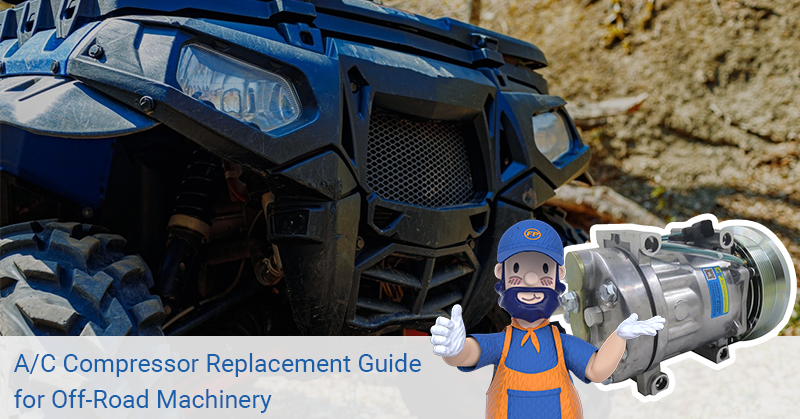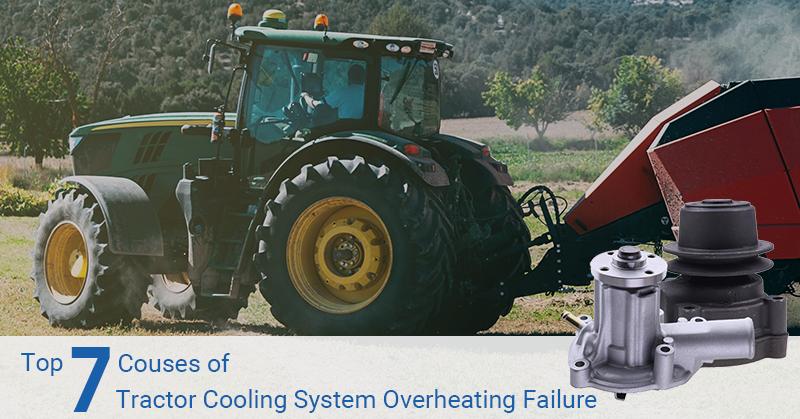From the 18th century to the beginning of the 19th century, the agricultural revolution took place. It transformed traditional manual labor and animal farming into mechanized agricultural production. The emergence of tractors has reduced the burden of physical labor on farmers and improved production efficiency. In this post, we will share the history of tractors, from steam tractors to automated tractors, from behemoths to compacts. Take a look now.
The evolution of tractors
Steam power (late 1800s to early 20th century)
In the 1880s and 1890s, people began to experiment with using steam engines to drive agricultural machinery. Steam tractors were used as early tractors to replace traditional cattle and horse farming. But, these tractors are often heavy and bulky and require a lot of water and fuel.
The era of internal combustion engine tractors (early to mid-20th century)
The invention of the internal combustion engine brought about a major breakthrough in tractor design. Gasoline internal combustion engine agricultural tractors gradually transitioned to diesel engines due to the high price of gasoline and the characteristics of incombustibility. Agriculture has thus become economical and efficient.
Mechanization and standardization (mid to late 20th century)
During this period, people’s demand for agriculture surged, and tractors became an indispensable tool for farmers. As a result, manufacturers began to produce tractors of various models and specifications, as well as parts, attachments and implements, to meet different agricultural needs. In order to allow farmers to cultivate more efficiently, hydraulic systems and other auxiliary equipment have also been introduced in the development, improving the function and operability of the tractor.
Modern tractor (21st Century)
Modern tractors incorporate advanced technology and innovative design. Innovations such as turbocharging and four-wheel drive are widely used in tractor designs, increasing their power and efficiency. The application of technologies such as electronic systems, automatic control and GPS makes tractors more intelligent and precise.
At the same time, the emergence of light and compact tractors meets the needs of small farms and special agricultural environments. With the rise of precision agriculture, tractors can achieve more precise operation and data collection through GPS and sensors, optimizing the task of agricultural production like the following aspects:
Plow the soil
Tractors can plow and loosen the soil, reducing the workload of people. Save time and keep your tractor productive.
Carry goods
When the goods need to be carried, the work of carrying the goods can be completed by using the tractor. The tractor has a large cargo capacity and low energy consumption. At the same time, the tractor adapts to many road conditions and terrains and has comprehensive functions.
Mass production
Tractors help farmers carry out large-scale production, expanding the size of arable land and the area under which crops can be planted. They enable quick field preparation, provide consistent planting quality, and produce large-scale harvests in a short amount of time.
In short
From the behemoths of the steam age to the light smart tractors of today, tractors have changed the way farming is done, helping farmers produce efficiently. In the future, tractors can bring more surprises and a broader development space for agriculture.







Leave A Comment